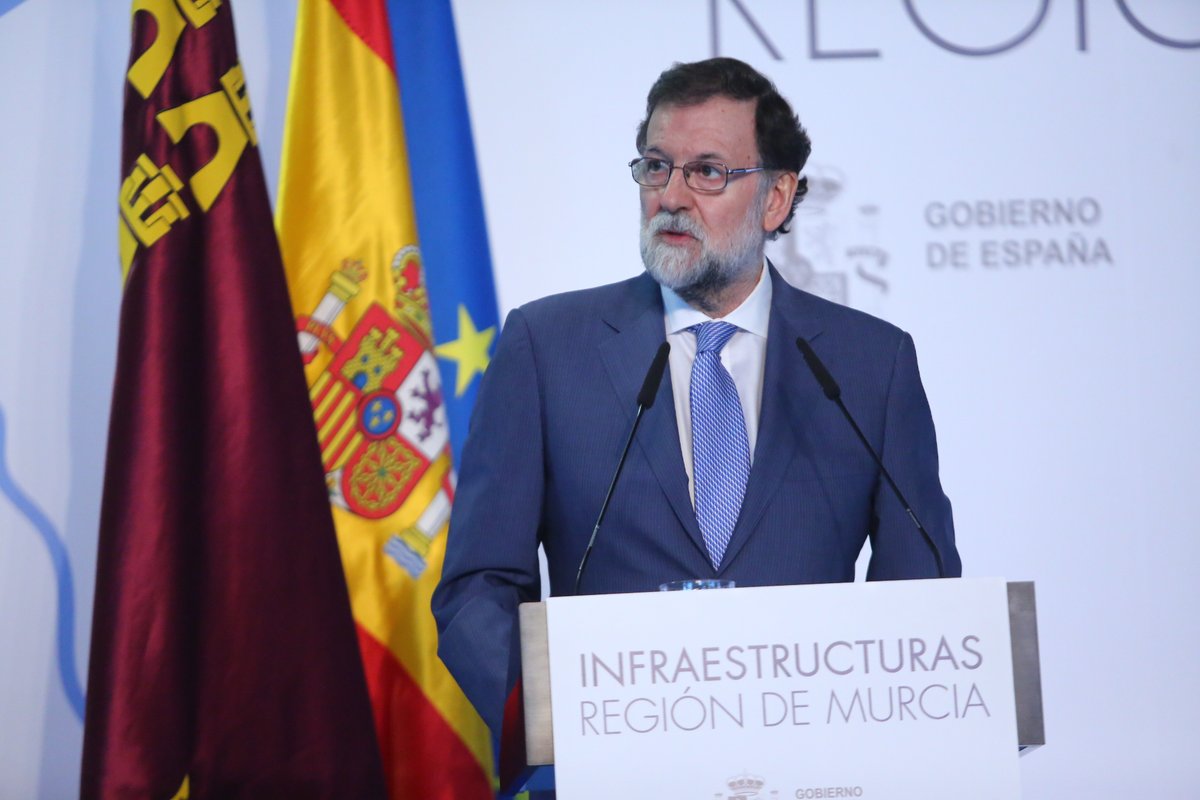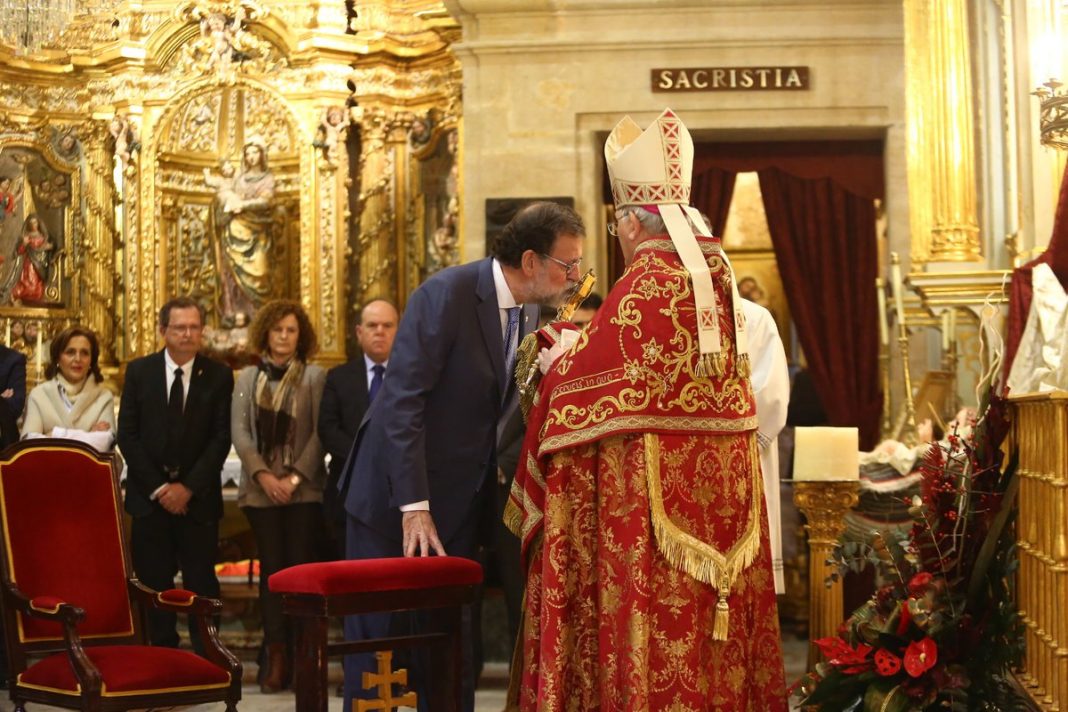Rajoy announces launch of Highways Investment Plan
The President of the Government announced in Murcia that the publication on Thursday in the Official State Gazette of a feasibility study for the new north-south Murcia axis will signal the “starting pistol” for the Extraordinary Highways Investment Plan approved in July. The plan will mobilise an investment of 5 billion euros, affect 2,000 kilometres of highway, improve 20 major corridors and create 189,000 jobs.
In his speech at the event on infrastructures held in Murcia, the President of the Government, Mariano Rajoy, said that, following “four years of strong economic growth and job creation”, the Government of Spain is in a position to “add new momentum to investment in infrastructures. And the Extraordinary Highways Investment Plan (Spanish acronym: PIC) will play a crucial role in the new efforts we are proposing”.
The President of the Government stated that infrastructures “are a magnificent force for attracting investment, a very powerful lever for economic revitalisation and job creation. However, they are also something that gives structure to a region and improves social cohesion through mobility, accessibility, connectivity, efficiency and sustainability”.
Public-private collaboration
Rajoy explained that the Extraordinary Highways Investment Plan is a public-private collaboration model in which construction companies are made responsible for maintaining the infrastructures they build for a period of 30 years. Over that time, they must maintain the same levels of quality and safety as on the day the infrastructure was opened.
This collaboration will enable an investment of 5 billion euros to be mobilised, actions to be taken on over 2,000 kilometres in the next four years, 20 major corridors to be improved and approximately 189,000 jobs to be created. Furthermore, it will represent a fiscal return of some 3 billion euros.
The plan also has the guarantee of European financing through the European Investment Bank and the possibility that some projects may be financed under the Juncker Plan.
Lines of action
The President of the Government explained that the Extraordinary Highways Investment Plan is based on four main lines of action: completing sections of the Trans-European Transport Network by Road; fixing current bottlenecks; improving and adapting the main motorways to the new demands on accident rates, noise levels and CO2 emissions; and ensuring the conservation of “our highway heritage so that it can be kept in the best possible service conditions over the 30-year term of the concession”.
Murcia, “the starting pistol”

The actions planned under the Extraordinary Highways Investment Plan will begin in Murcia, where “we are firing the starting pistol” by publishing a feasibility study for the new north-south Murcia axis in the Official State Gazette on Thursday, said Mariano Rajoy.
This will begin the construction process for a bypass on the A-30 motorway measuring 32.8 kilometres, the base tender budget for which stands at 214 million euros and which will have an estimated investment of 279 million euros, said the President of the Government.
He went on to add that this new road will benefit over one million people by bringing “increased safety, greater capacity and mobility for users and decreased disturbance for the adjacent towns and companies”.
Commitment to infrastructures in the Region of Murcia
The President of the Government said that the AVE high-speed railway network will reach Murcia in 2018. This will reduce travel times between Madrid and Murcia to 2.5 hours, which is a 90-minute reduction on current travel times.
The works, which are almost complete, represent a total investment of 1.42 billion euros, recalled Mariano Rajoy.
The President of the Government also said that work is under way on the plans aimed at bringing the high-speed railway network to Cartagena and Lorca.
Besides the AVE network, Mariano Rajoy also mentioned the Freight Haulage by Rail Plan 2017-2023 that the Government of Spain presented recently, the excellent traffic data from the Port of Cartagena and the award to AENA of a tender to manage the Region of Murcia International Airport, which is expected to begin in 2018.
As regards the problem of water shortages in the Region of Murcia, Mariano Rajoy announced that the Government of Spain will promote an initiative in the Lower House of Parliament aimed at reaching a national pact on water, with particular attention paid to basins with scarce supply.
Visit to the Basilica-sanctuary Of Caravaca de la Cruz
After presiding over the event on infrastructures, the President of the Government travelled to Caravaca de la Cruz, where the Jubilee Year of the Santísima y Vera Cruz is being celebrated.
Inside the Basilica-sanctuary of Vera Cruz, he attended a ceremony of worship to the cross and kissed the relic kept inside the basilica.
Mariano Rajoy visited various spaces inside the temple, signed the honours book of the Brotherhood of the Santísima y Vera Cruz and stood for photographs with members of the brotherhood.





